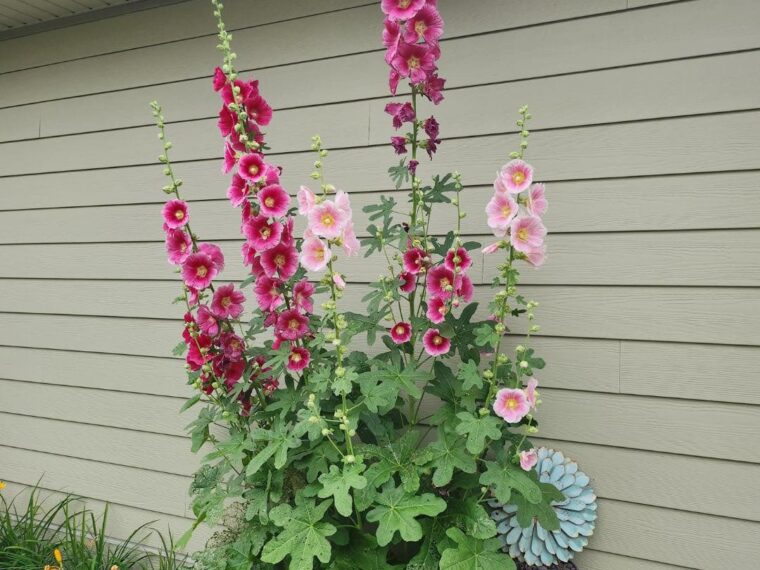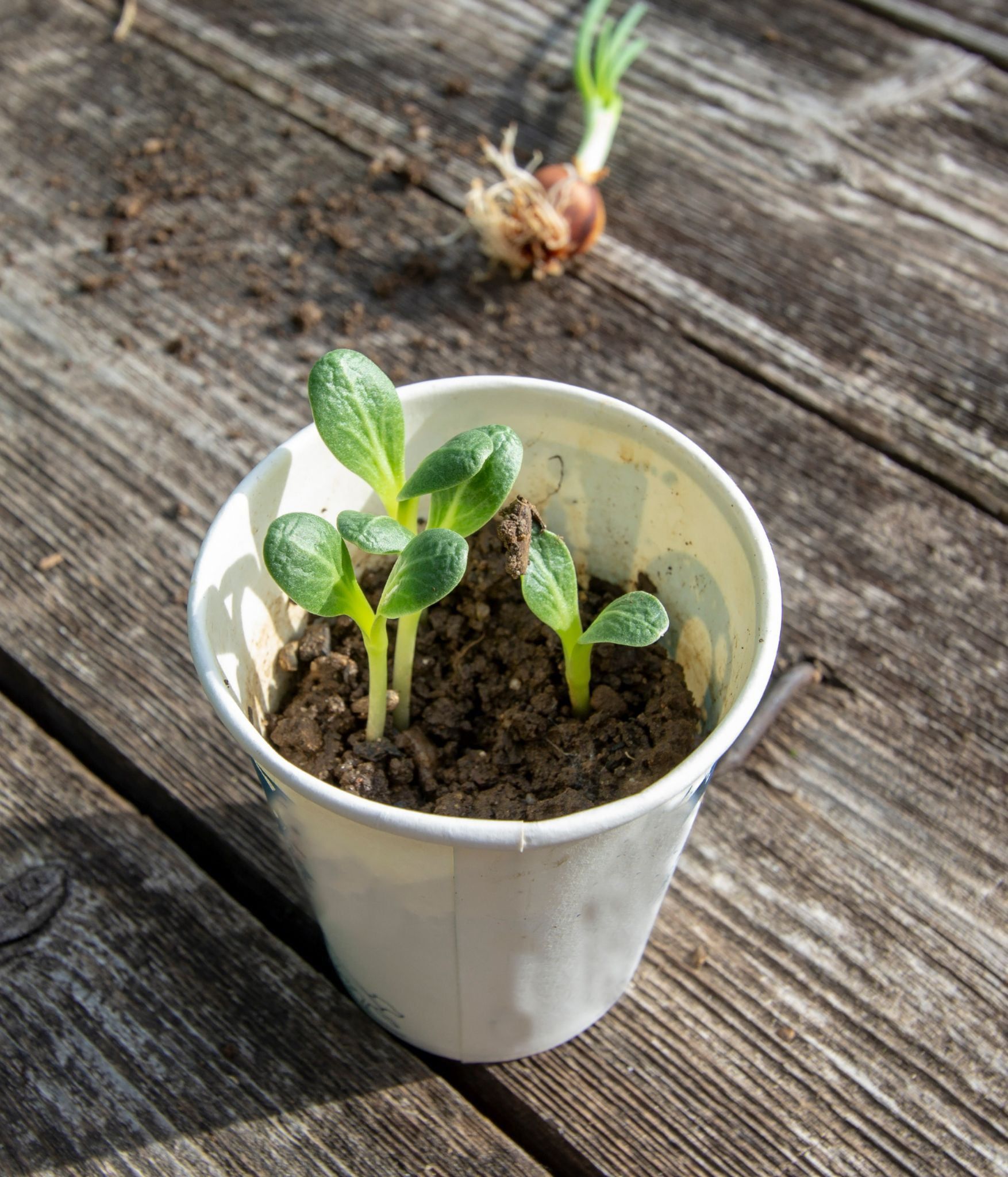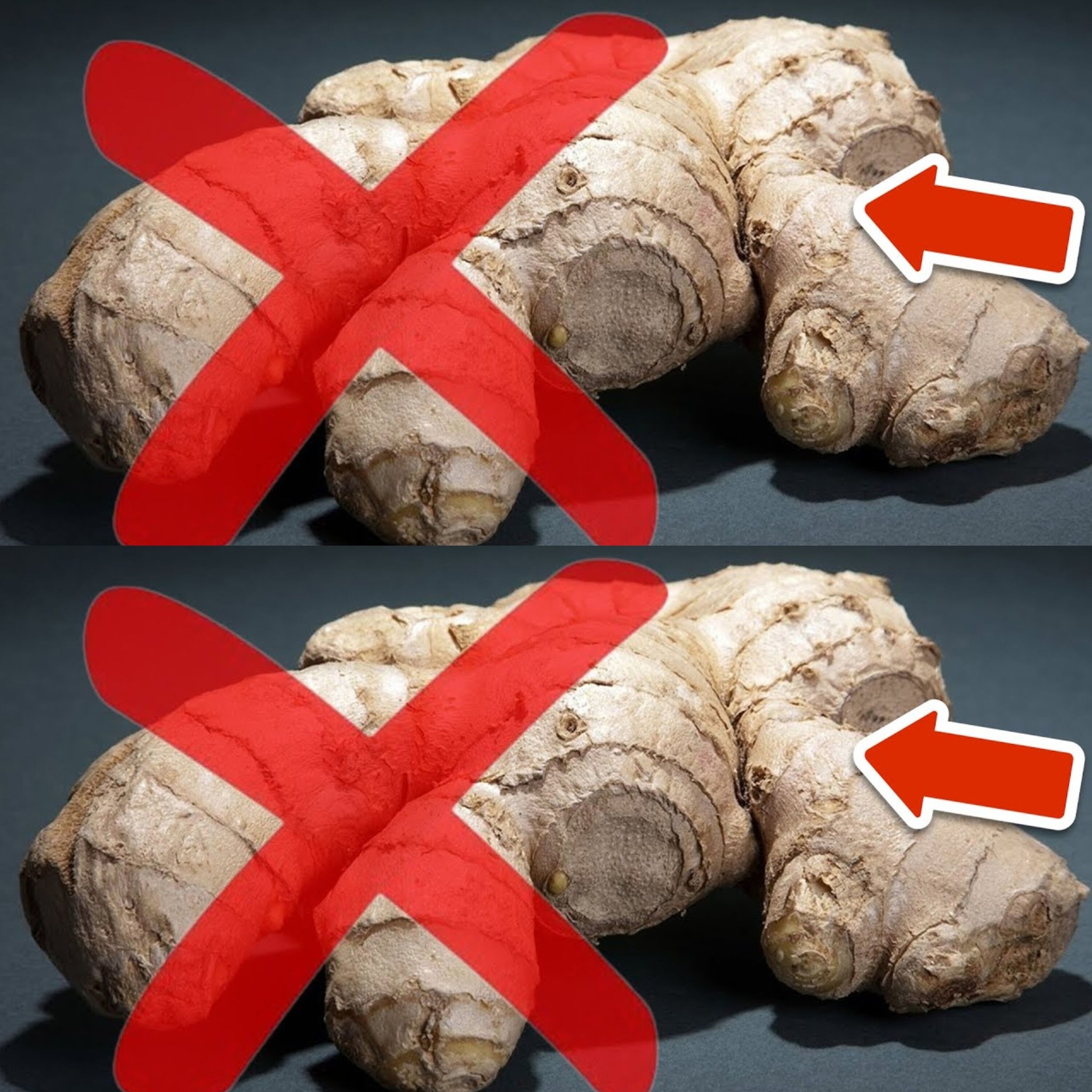Hollyhocks aren’t just pretty—they’re a versatile, nutrient-rich plant with a soft, mucilaginous texture similar to hibiscus or okra.
Flowers
- Mildly sweet petals can be torn into salads or floated on drinks and desserts.
- Dried or fresh petals make a soothing herbal tea.
- Deeply colored flowers can be used as a natural dye for syrups or jellies.
Best picked in the morning, once dew has dried.
Leaves
- Young leaves are tender and mucilaginous, great for thickening soups or stews.
- Use like spinach—steam, sauté, or wrap around fillings (like dolmas).
- Can also be steeped as a tea for soothing sore throats and digestion.
Avoid older leaves, which are tougher.
Seeds
- Not commonly eaten but non-toxic and sometimes used in herbal remedies or ground into flour blends.
- Consult an herbal expert before consuming seeds in large amounts.
Roots
- Rich in mucilage, they have long been used to soothe coughs, stomach issues, and skin irritations—similar to marshmallow root.
- Can be made into teas, poultices, or infused syrups for natural remedies.
Use roots from plants older than two years for best potency.
Growing Hollyhocks Successfully
- Sun: Full sun (6–8 hours/day)
- Soil: Well-drained, loamy, enriched with compost
- Water: Moderate, keep soil moist but not soggy
- Spacing: 18–24 inches apart
- Zones: USDA 3–9
Starting from seed:
- Sow in spring or fall directly in the ground or seed trays.
- Press seeds lightly onto soil; they need light to germinate.
- Keep moist until seedlings emerge (1–2 weeks).
- Transplant when 2–3 true leaves form.
Support: Stake tall plants or grow near walls/fences to protect from wind.
Pests: Rust fungus is the main issue—prevent by spacing for airflow, avoiding overhead watering, and treating with organic sulfur or neem oil.
Traditional Herbal Uses
- Respiratory: Tea from flowers and roots eases coughs and throat irritation.
- Digestive: Mucilage soothes indigestion and heartburn.
- Skin: Poultices heal burns, rashes, and swelling.
- Wounds: Infused oils make healing salves.
Always consult a healthcare provider before medicinal use.
Easy Hollyhock Recipes to Try
Hollyhock Flower Tea
- 1 tbsp dried or 3 tbsp fresh petals
- 1 cup boiling water
Steep 10 minutes, strain, sweeten with honey.
Hollyhock Leaf Dolmas
- Blanch young leaves
- Fill with rice, herbs, and veggies
- Roll and bake with lemon-olive oil sauce
Hollyhock Syrup for Sore Throats
- Simmer chopped roots in water 30 mins
- Add raw honey and simmer until syrupy
- Cool and store in jar
Safety Tips
- Only consume organically grown or untreated hollyhocks.
- Some people may be sensitive to mucilage—start small.
- Avoid root teas if pregnant unless advised by a doctor.
Final Thoughts
Hollyhocks are much more than pretty garden accents—they’re living history, offering beauty, food, medicine, and ecological benefits. Growing them means welcoming a spectacular, useful, and pollinator-friendly giant into your yard.





